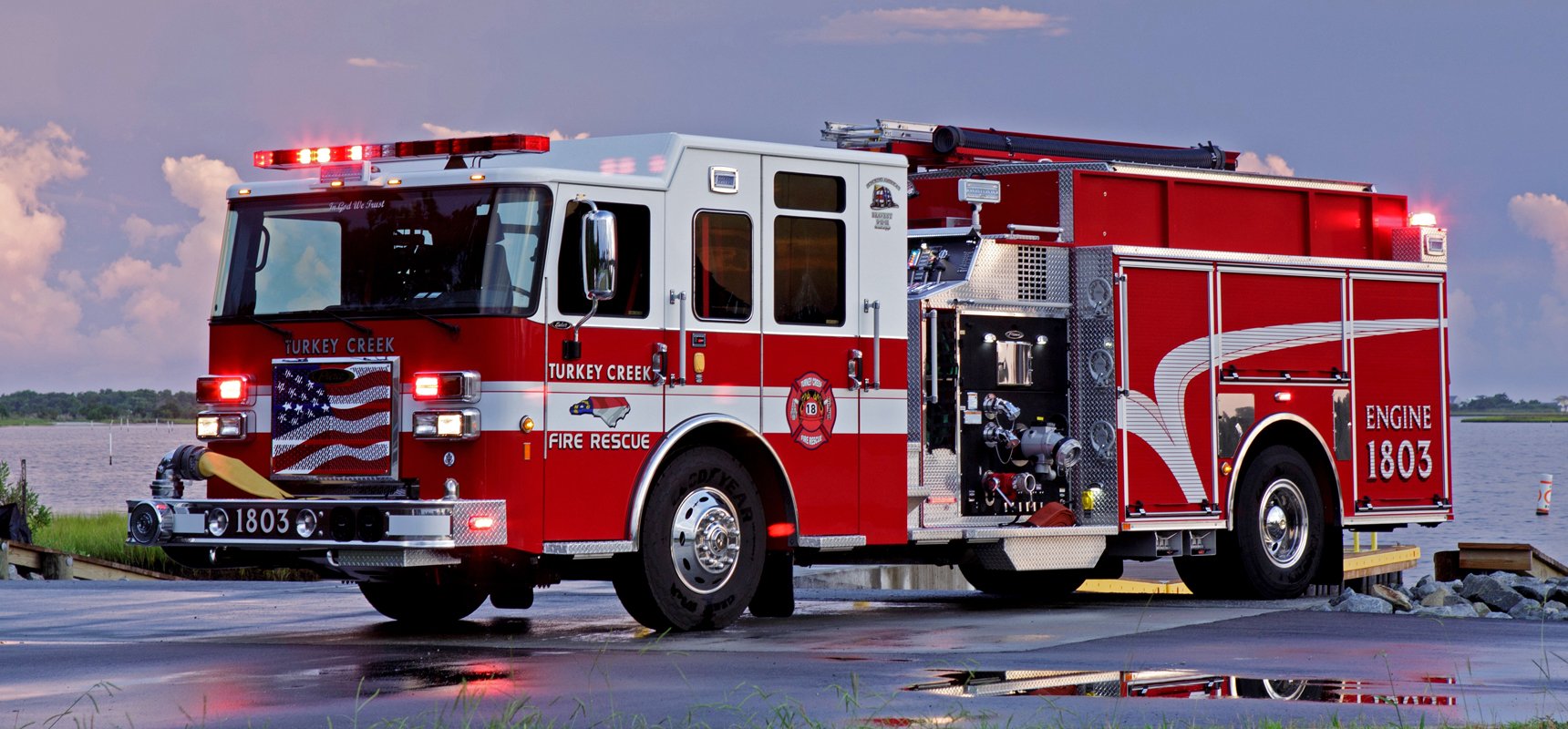 Fire departments nationwide are facing tough challenges. From budget cuts to increased population density, and a staggering growth in emergency response calls, fire departments are tasked with providing the community with an essential service with fewer resources and more efficiency.
Fire departments nationwide are facing tough challenges. From budget cuts to increased population density, and a staggering growth in emergency response calls, fire departments are tasked with providing the community with an essential service with fewer resources and more efficiency.
Departments are adapting to these challenges by investing in more strategic approaches to emergency response, firefighting and staffing and meeting missions with the right type of trucks and the right tools in hand.
The versatility of multipurpose vehicles designed with a diverse array of missions in mind helps fire departments serve their communities successfully amidst an ever-evolving emergency landscape. Below, learn how firefighting calls are changing and how to equip your fire department with more versatile multipurpose vehicles with advancements in storage.
What is a Rescue Pumper?
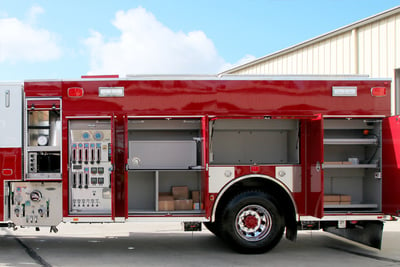 Rescue pumper fire trucks are a versatile vehicle option for fire departments because they are both a rescue truck and a pumper truck in one. The vehicles are equipped with all of the tools and strategic compartments fire departments select to appropriately manage rescue and emergency scenes, including accidents, hazmat, water rescue and emergency medical service calls (EMS). While at the same time, the vehicle features all of the traditional pumper’s capabilities, including pump, tank, ladder, hose, nozzles and more.
Rescue pumper fire trucks are a versatile vehicle option for fire departments because they are both a rescue truck and a pumper truck in one. The vehicles are equipped with all of the tools and strategic compartments fire departments select to appropriately manage rescue and emergency scenes, including accidents, hazmat, water rescue and emergency medical service calls (EMS). While at the same time, the vehicle features all of the traditional pumper’s capabilities, including pump, tank, ladder, hose, nozzles and more.
A rescue pumper is inherently designed to be versatile and highly functional for fire departments who face several emergency situations. The ability to function across both emergency response scenarios and structural fires means rescue pumpers can be the primary response vehicle.
Take a look at recent new delivery rescue pumper configurations.
Changing Rescue Landscape
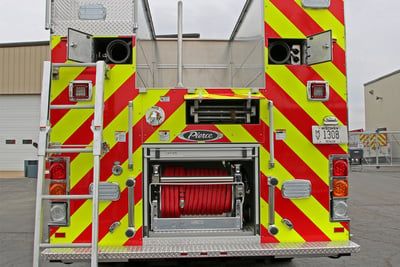 The added versatility of a rescue pumper is increasingly important as fire departments face changes in daily calls. Recent data is showing trends in not only the types of emergencies firefighters face, but also how fire departments are choosing to equip their teams.
The added versatility of a rescue pumper is increasingly important as fire departments face changes in daily calls. Recent data is showing trends in not only the types of emergencies firefighters face, but also how fire departments are choosing to equip their teams.
- Increased medical EMS calls. According to National Fire Protection Association (NFPA) data, the growing majority of calls to fire departments are requests for medical aid.
- Demand for more equipment and versatile storage. As fire departments notice the shift in emergency calls, they are looking for fire trucks with more storage options.
- Vehicle consolidation. Fire departments are trying to manage the safety of community residents and manage budgets. In doing so, they are looking to consolidate vehicles and the combination of attributes in a rescue pumper makes it an attractive choice.
- Multipurpose vehicles. Rescue pumper trucks fulfill two critical needs for fire departments: the ability to carry extra equipment and meet the unique needs of a number of emergency situations, and the ability to arrive at a fire ground with water and equipment to attack a structure fire.
Having a versatile truck as a primary response vehicle in a fire department fleet helps manage initial arrival and response. It ensures firefighters are prepared no matter how the emergency scene unfolds.
How is a Rescue Pumper Apparatus Configured?
Rescue pumpers are intended to match the missions of a fire department. They are configured with an understanding of the types of calls a fire department receives and preferred on-the-scene methods of response. Sales representatives and fire truck committee members discuss each section of a fire truck to determine the mission and tools each compartment will support.
Dedicated compartments are structured to support, for example, vehicle extrication, EMS calls, stabilization, water rescue or hazmat.
The installation of equipment, shelves, trays and tool boards match the critical needs of an emergency scene so firefighters can obtain the right tools for every job.
Every tool and piece of equipment is strategically placed on the apparatus based on the fire department's expressed needs.
Why is this important?
Strategic storage means that fire departments are well prepared regardless of the emergency situation.
Pierce rescue pumpers are the vehicles designed to provide this storage with several unique features.
- Full-depth compartments, with 26-inches of usable space from floor to ceiling, can be designed with a specific mission in mind.
- Large, full length hatch compartments on the top of the apparatus can hold additional equipment that is used less frequently.
- Flexible body designs to meet the storage requirements of a department.
- To reduce firefighter exposure to carcinogens, the SCBA’s can be stored outside of the cab in isolated compartments, and dedicated areas can be provided to store soiled turnout gear on the trip back to the station.
Pierce Manufacturing Heavy-Duty Rescue Pumper
The dual-purpose Heavy-Duty Rescue Pumper (HDRP) is built for fire departments that require large compartments that can be configured for essential equipment. The HDRP provides strategic storage built to support fire departments' unique needs and water tank capacity to support fire suppression.
This walk-around video highlights the unique features of the heavy-duty rescue pumper.
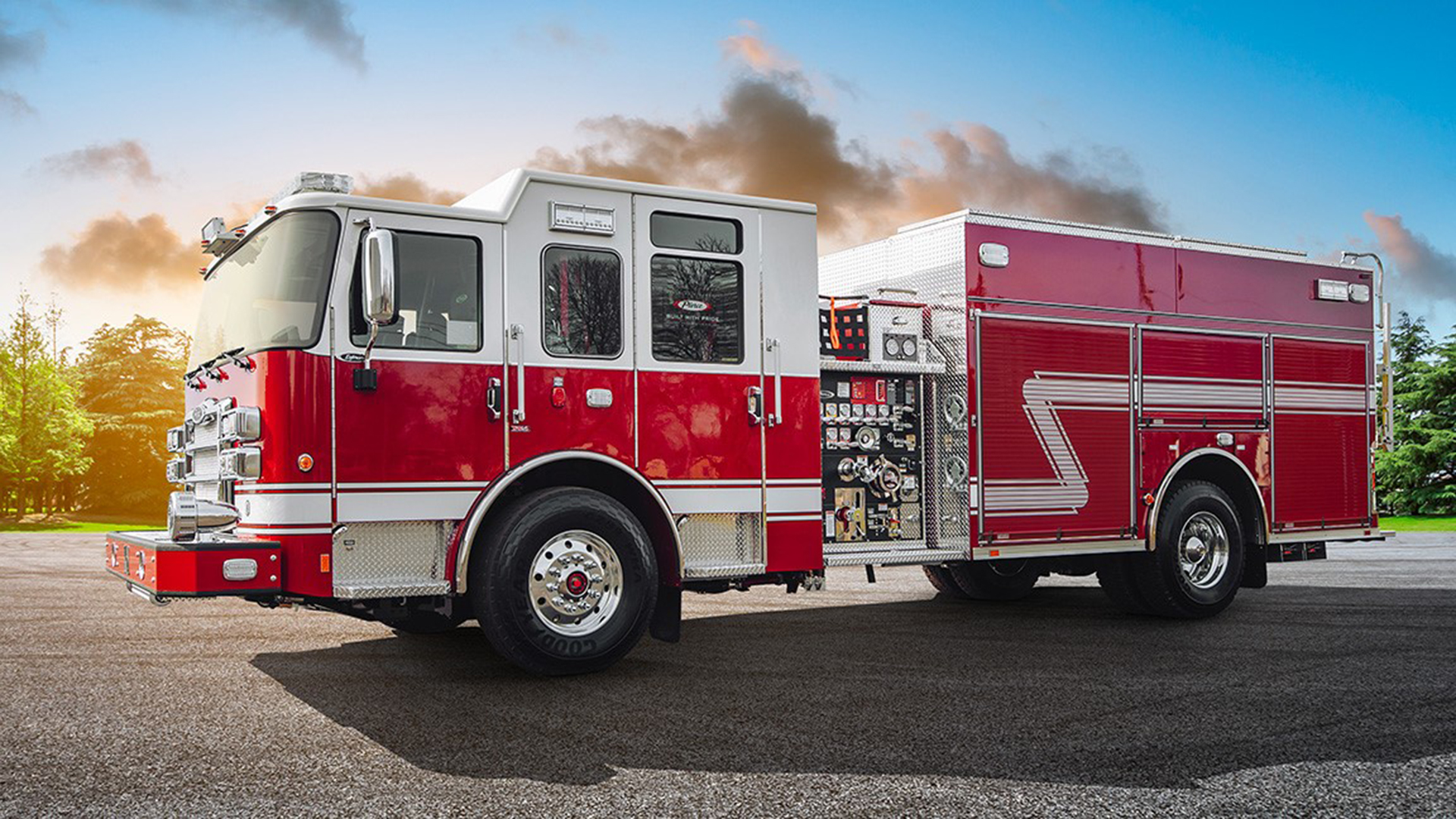
Here are a few select features of the heavy-duty rescue pumper.
- Heavy Duty construction with 3/16” compartment floors.
- Height / Full Depth compartments with 800 lb rating.
- Clean Interiors with no obstructions, protecting wiring and the rollup doors.
- Multiple body lengths to meet the specific storage needs to the fire department.
- Compartment storage of up to 500 cubic feet (depending on body size).
- Underbody substructure designed for heavy loads – compartments do not hang off the body.
- Water tanks are available in 500, 750 or 1000 gallons with low hosebeds for safer access.
- Ladder storage in the water tank with full depth compartments to maintain storage capacity.
- Long tool storage is packaged behind the rollup door spool to maximize space utilization.
- Fender panels optimized for storage of SCBAs, air bottles, extinguishers and oil dry hoppers.
- Full-length hatch compartments on the top of the truck can be used for additional storage.
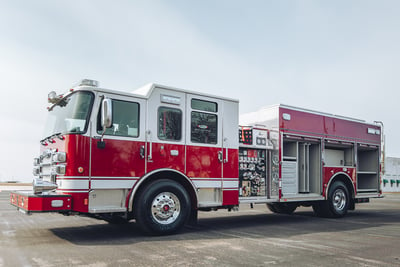
Some of the unique design features of the 171” rescue pumper body package, include:
- Full Height / Full Depth compartments with 800 lb rating.
- Up to 1000 gallons of water with low hosebeds for safer access.
- Ladder storage in the water tank with full depth compartments to maintain storage capacity.
- Ladder Storage can be vertical or horizontal based on customer preference.
- Fender panels optimized for storage of SCBAs, air bottles, extinguishers and oil dry hoppers.
Pierce has multiple options when it comes to a rescue pumper. The Pierce PUC continues to be a popular choice to meet the challenges of the rescue pumper body package:
- Maximized storage space available in multiple body lengths.
- Full Height / Full Depth compartments with 800 lb rating.
- 26” Deep body compartments and up to 500 cubic feet of storage.
- Clean Interiors with no obstructions, protecting wiring and the rollup doors.
- Multiple ladder storage options to meet the specific needs of the department.
- Fender panels optimized for storage of SCBAs, air bottles, extinguishers and oil dry hoppers.
Learn more about the heavy-duty rescue pumper or see a selection of heavy-duty rescue pumpers in our new deliveries gallery.
What types of storage options do you value most on your fire truck?